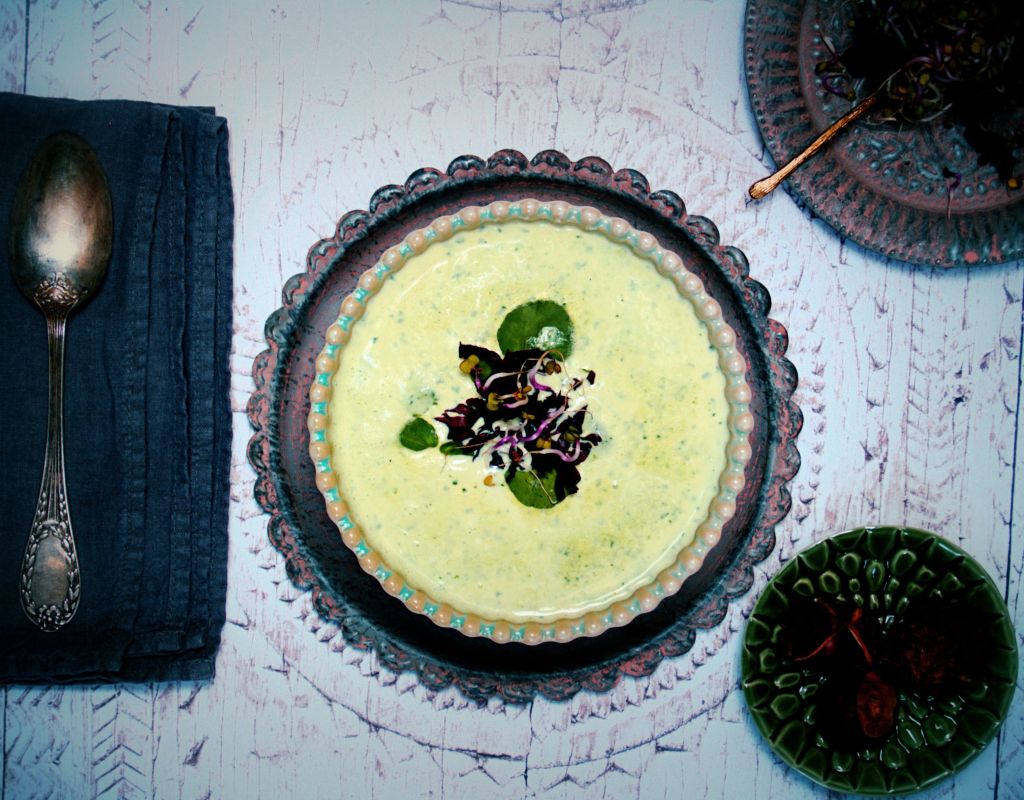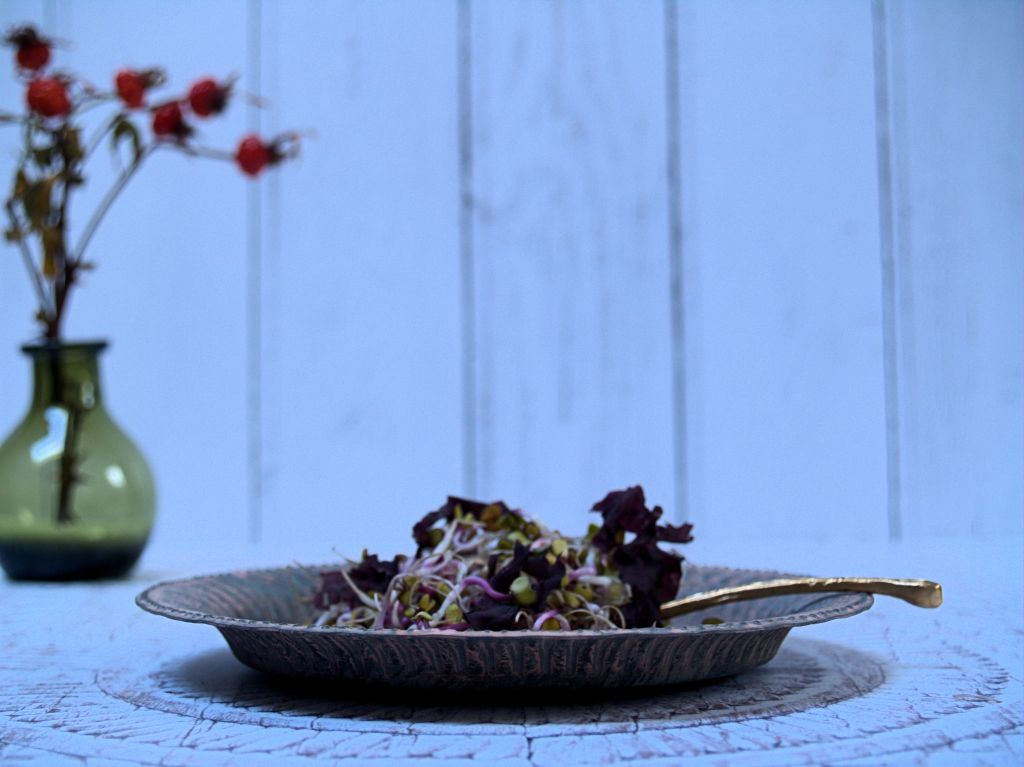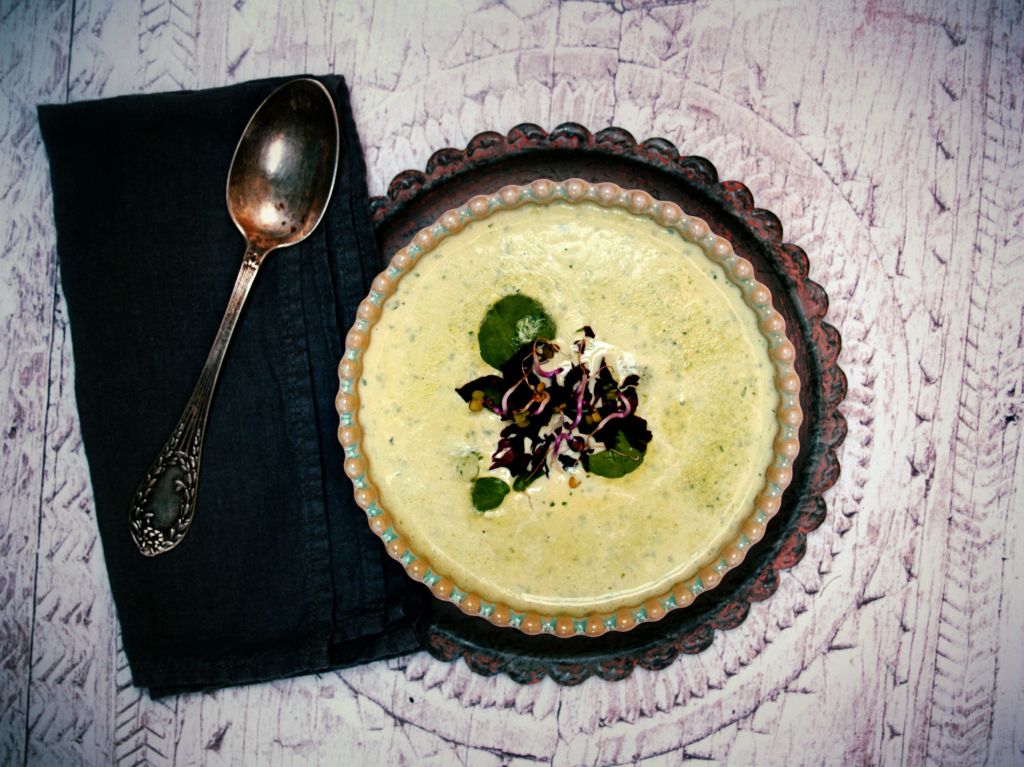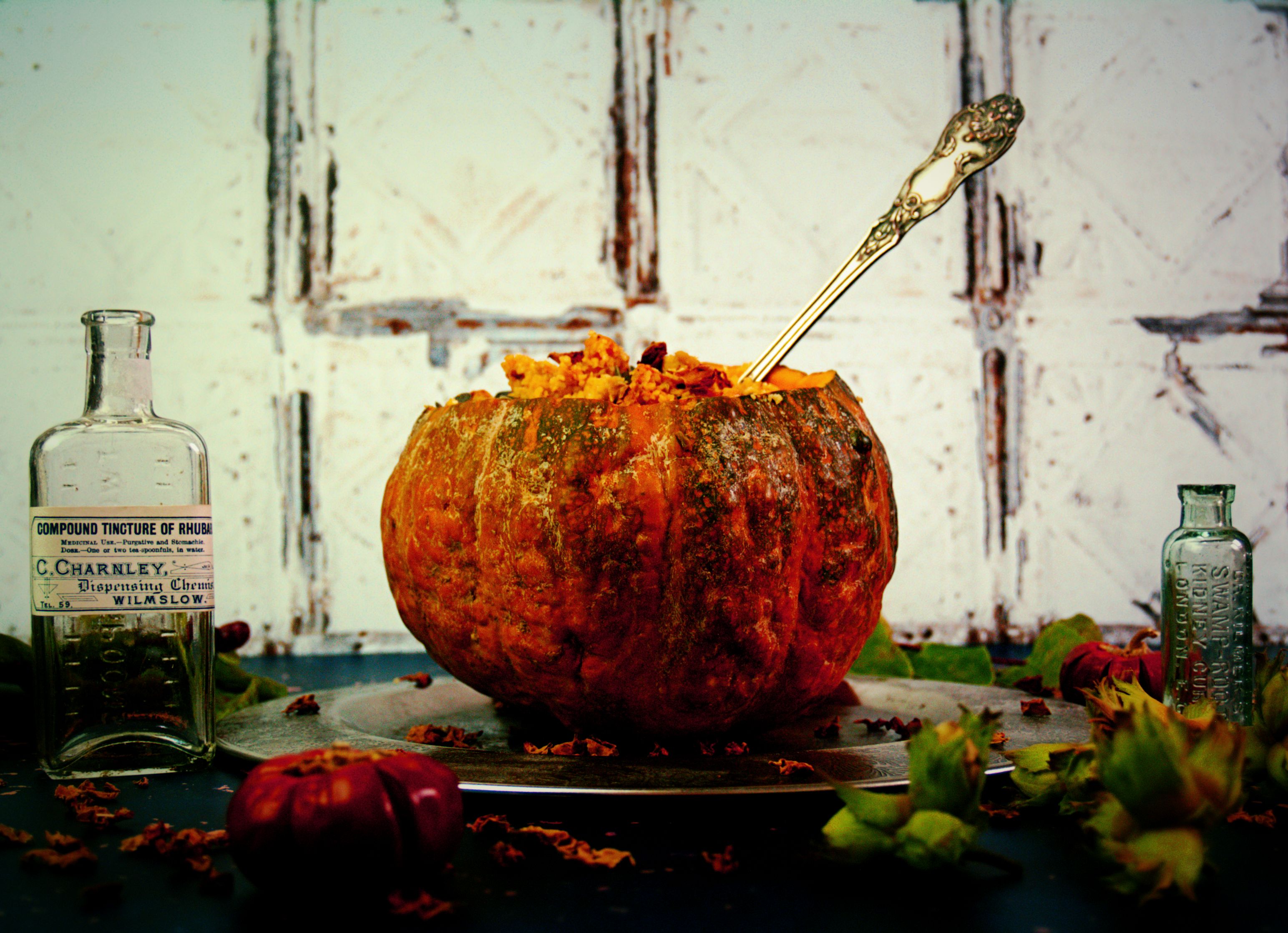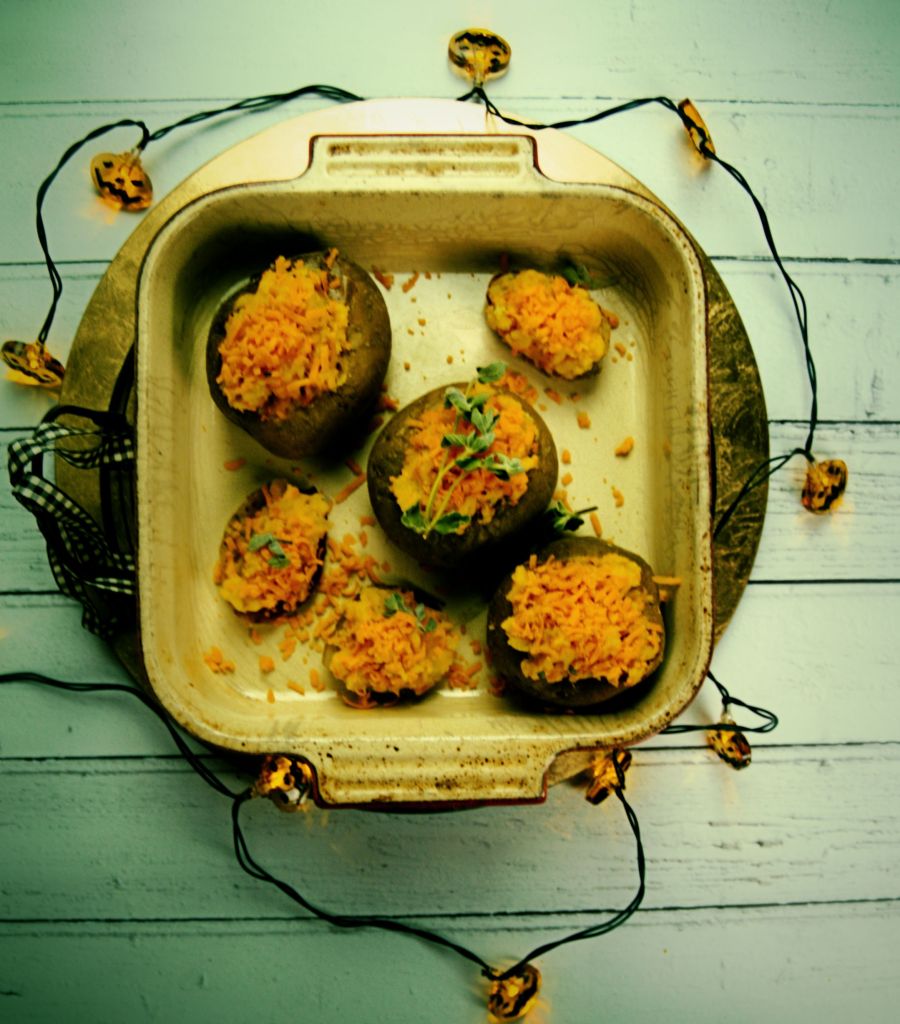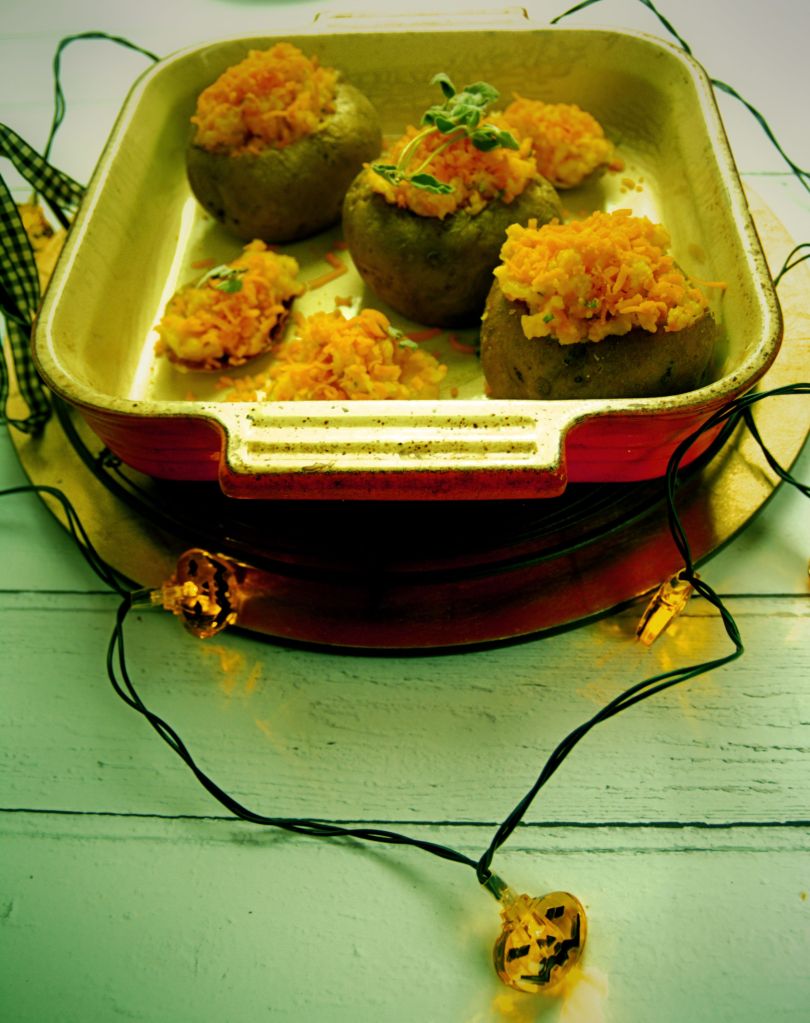I haven’t posted anything to my blog for a long time but this recipe is perfect for a bank holiday weekend. This is a lovely cake for a treat. Its texture improves after a couple of days in a cake tin and is just about right. It is also a great base for a trifle but it might not last log enough to make it! Try it and see if you like it.
Ingredients
150g butter
150g golden caster sugar
3 eggs
1/2 grated lemon rind
1/2 teaspoon Xanthan gum
100g gluten free self raising flour mix
Butter for the baking tin
1 500g loaf style baking tin
Method
Heat the oven to 170°C, Fan150°C, 325°F or Gas mark 3
Butter the baking tin well
Add the butter and sugar to a bowl and cream till pale colour.
Sieve the flour in a separate bowl add the xanthan gum and mix well.
Add the eggs one at a time to the butter and sugar mix and beat well after each one. If the mix appears to be curdling add a tablespoon of the flour mix
Add the grated lemon rind
Add the rest of the flour mix slowly till it’s incorporated fully.
Mix well and add to the baking tin, smooth the top and cook for one hour or until a cocktail stick pushed into the centre of the cake comes out clean.
Enjoy! If you can leave it a couple of days before you eat it, do as the texture does become more moist.







